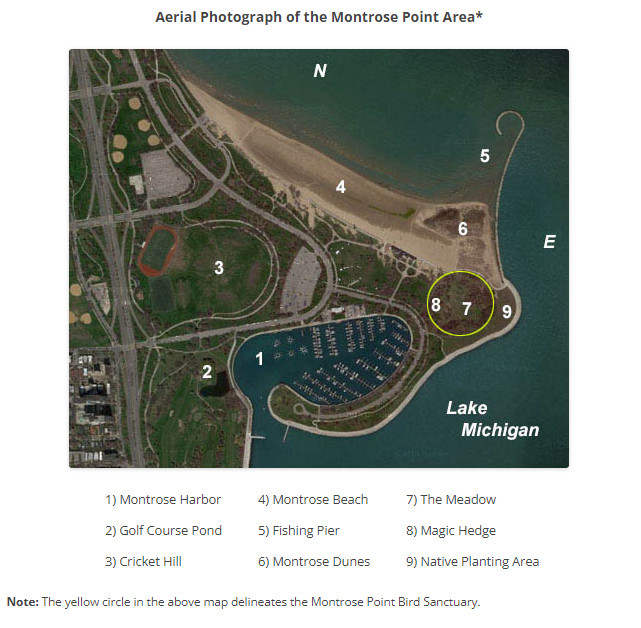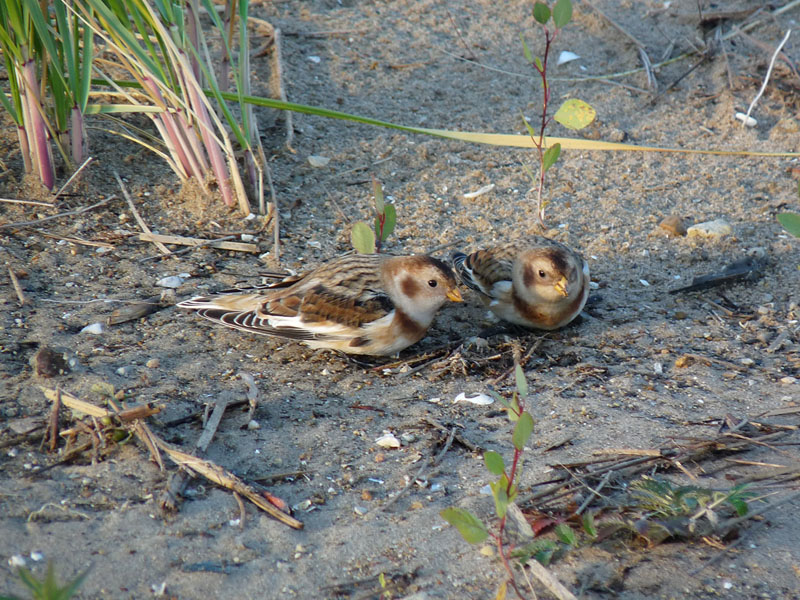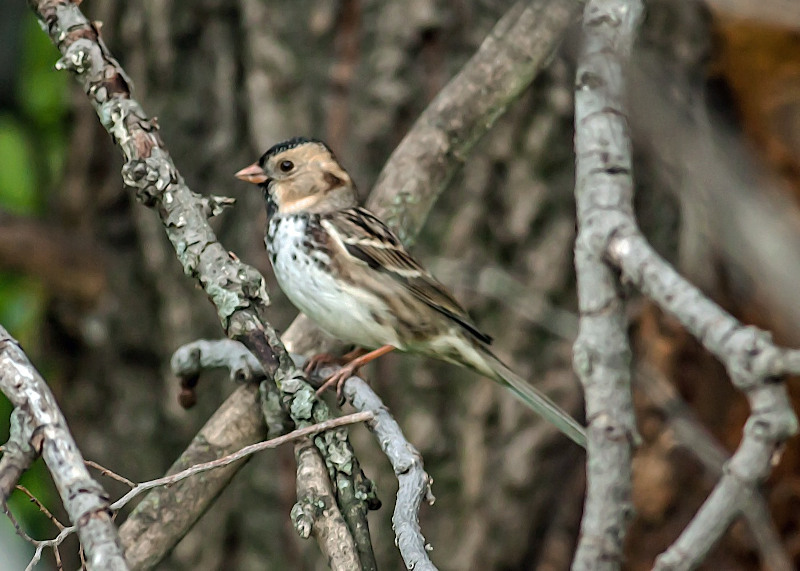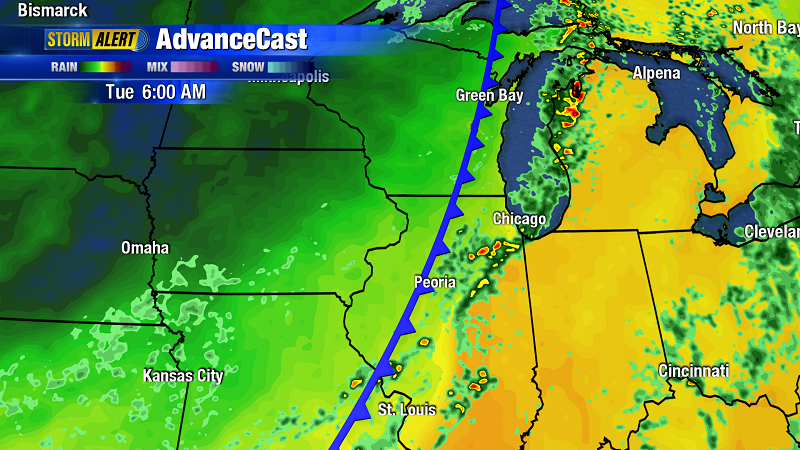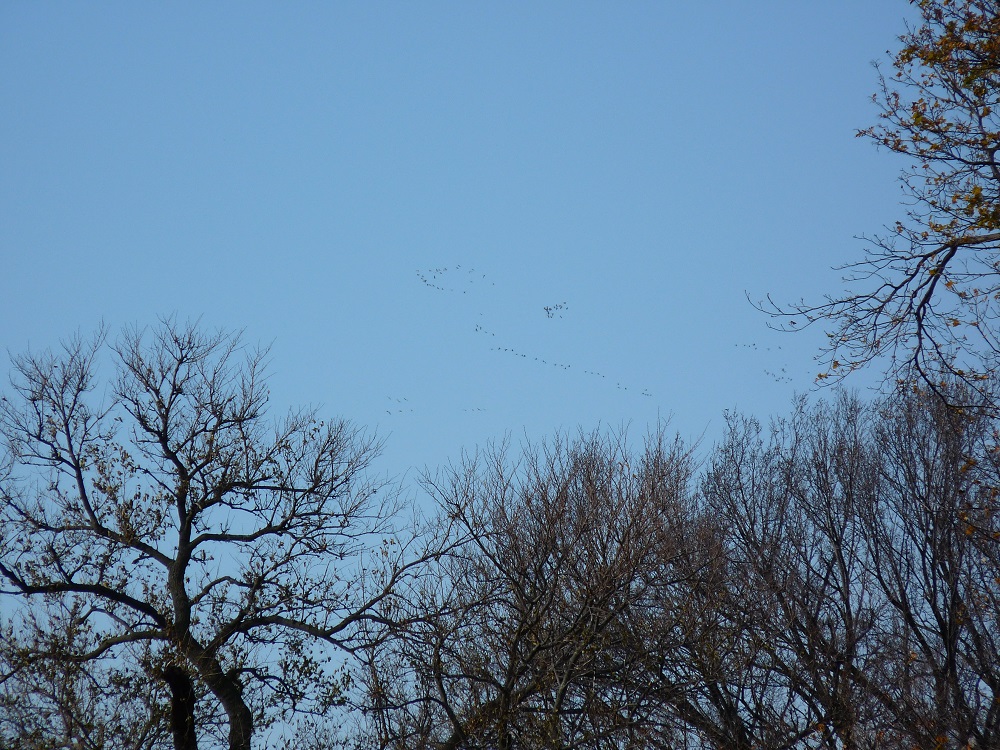
Migrating Sandhill Cranes over Chicago. Taken at Graceland Cemetery. (click to see the larger version)
A big push of Sandhill Cranes took place over Chicago on November 22, 2021. These birds were migrating en masse, responding to an intense cold front and strong northwest winds, typical behavior for Sandhills in late fall. When I started to see flocks from my apartment around noon I walked over to Graceland Cemetery to get a better look. From Graceland I could see multiple flocks drifting south one to two miles to the west and 300 to 500 feet high, possibly following the Chicago River or Western Avenue (the photo shows how I was seeing them). We rarely get big numbers of Sandhills like this at Montrose, unless the wind is blowing very hard from the west, and it wasn’t on November 22.
Sandhill Crane migration is fairly predictable in late fall – be alert for strong cold fronts with west winds. They also seem to move better on days with clear or at most partly cloudy skies. Heavy overcast and precipitation discourage them from flying.

